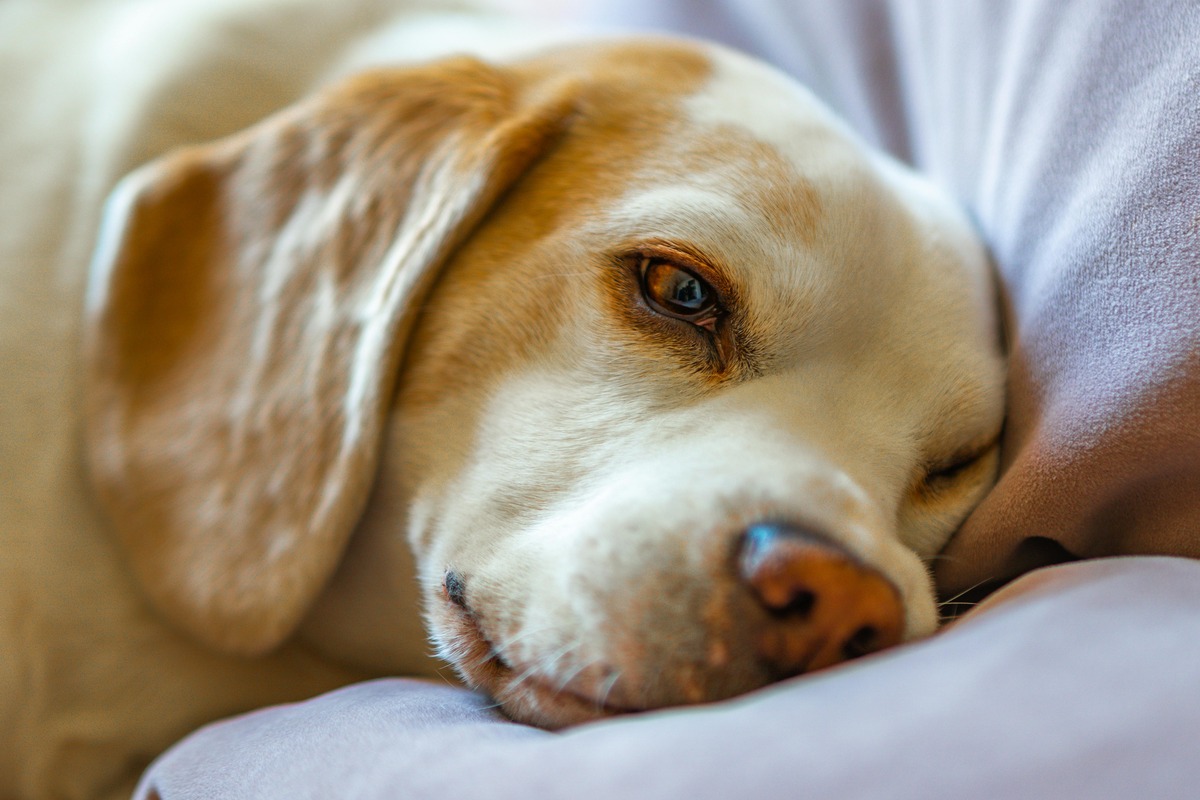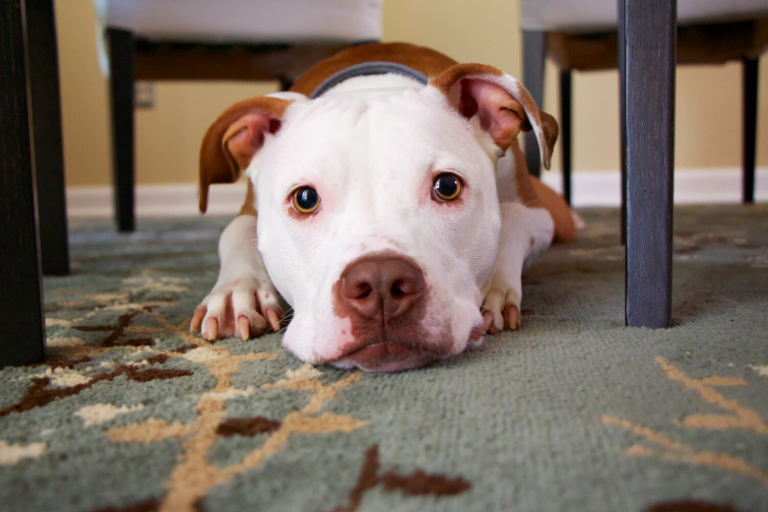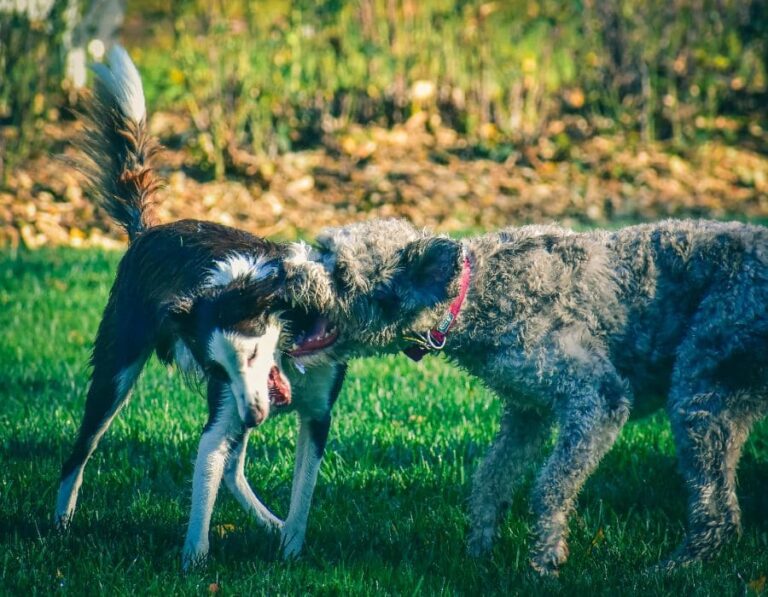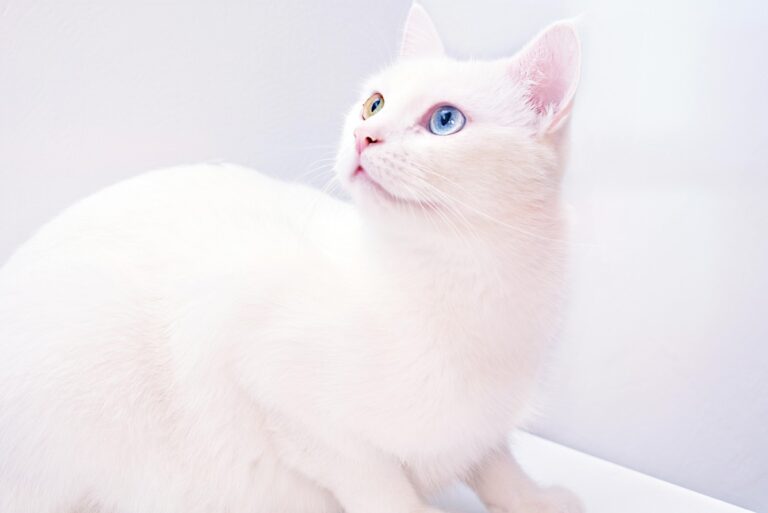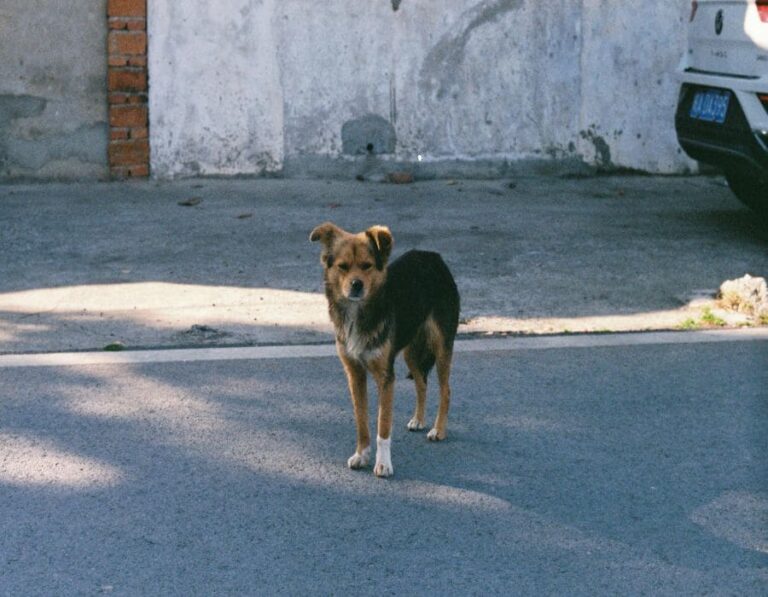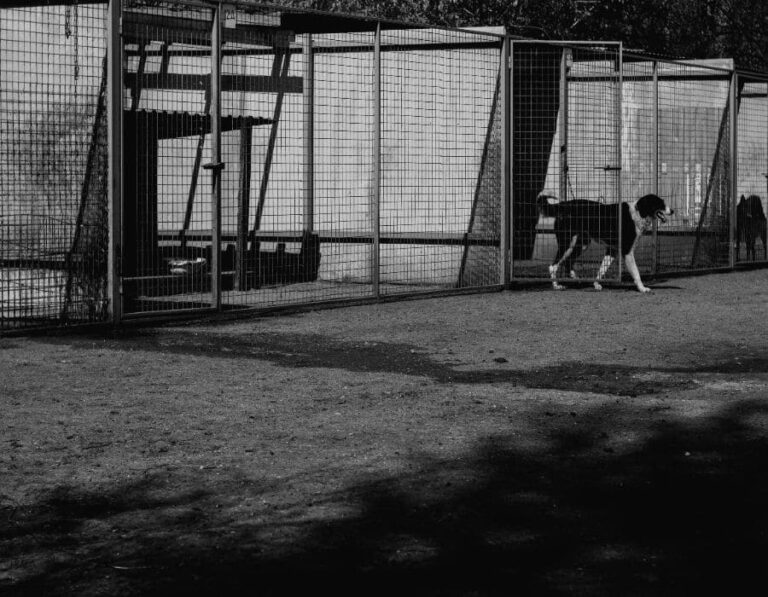9 Little-Known Facts About How Dogs Dream
Ever watched your dog twitch, whimper, or paddle their legs in their sleep and wondered what they were dreaming about? Just like humans, dogs experience dreams, but their sleep patterns and dream content are still a mystery in many ways.
Scientists have studied how dogs sleep and dream, and their findings reveal some fascinating insights. Here are 9 little-known facts about how dogs dream—some of them might surprise you!
1. Dogs Experience REM Sleep, Just Like Humans
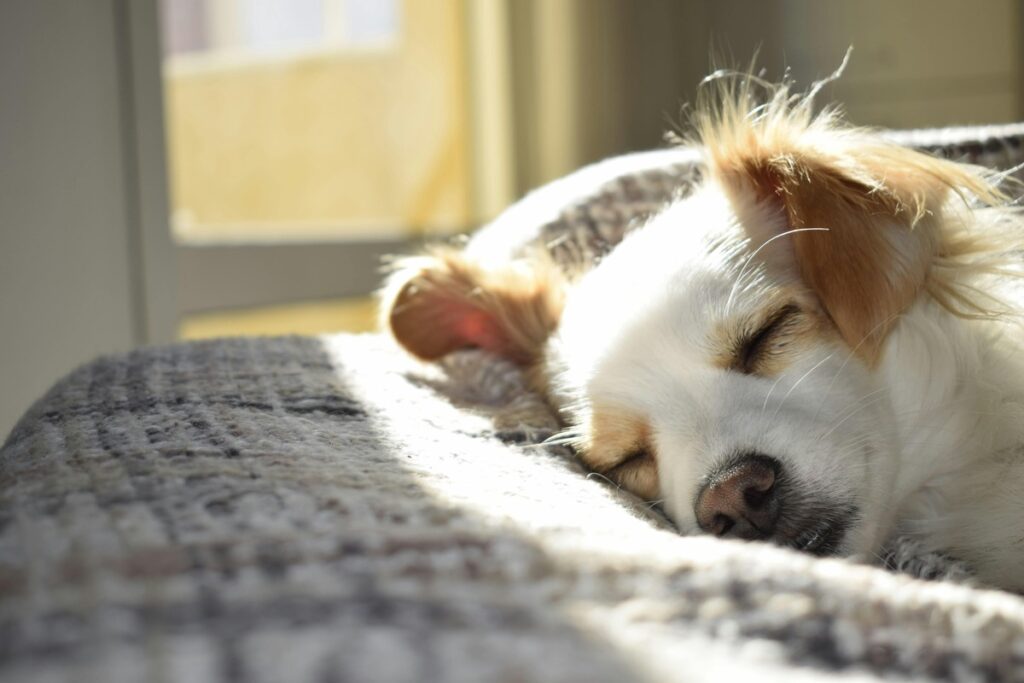
Just like us, dogs go through different sleep cycles, including Rapid Eye Movement (REM) sleep, which is when dreaming occurs. During REM, their brain activity spikes, their eyes dart around beneath their eyelids, and their body might move involuntarily.
Why It Matters: REM sleep is essential for processing memories, learning, and emotional regulation. When your dog dreams, it’s their brain’s way of sorting through their experiences.
2. Puppies and Senior Dogs Dream More Than Adults
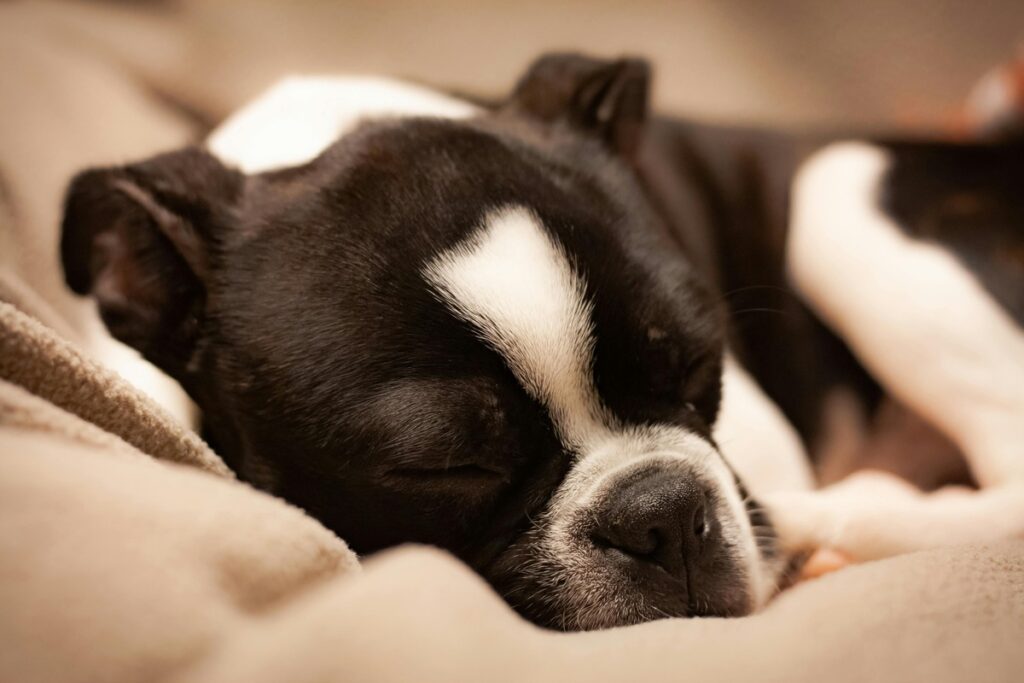
Puppies and older dogs tend to dream more frequently than middle-aged adult dogs.
Why? Puppies are learning and absorbing new experiences daily, so their brains need more REM sleep to process it all. Older dogs, on the other hand, may sleep more deeply and frequently, leading to more dream time.
What This Means: If you notice your puppy twitching or yipping in their sleep, they might be replaying their daily adventures.
3. Dogs Likely Dream About Their Daily Activities
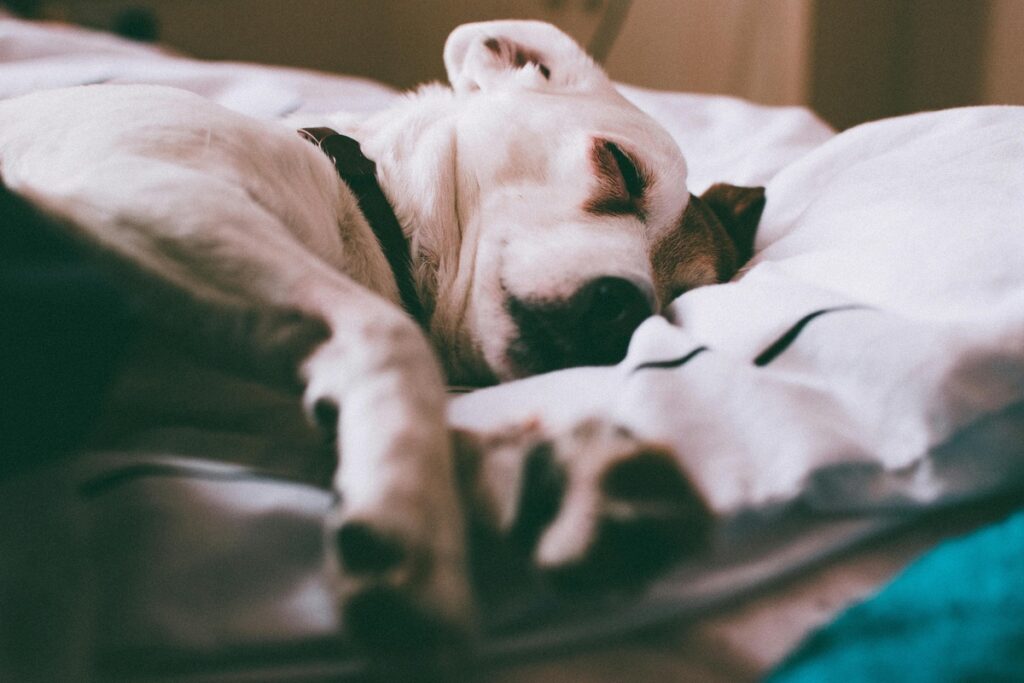
What do dogs actually dream about? According to research, dogs likely dream about their everyday experiences—running in the park, playing with their favorite toy, or even interacting with their owners.
Evidence: Scientists at MIT conducted studies on rats and found that their brain activity during REM sleep mirrored their experiences while awake. Since dogs have a similar brain structure, it’s highly likely that they relive their daily moments in their dreams.
What This Means: If your dog is wagging their tail or moving their legs while asleep, they’re probably dreaming about something fun—like chasing a squirrel or playing fetch!
4. Some Breeds Dream More Than Others
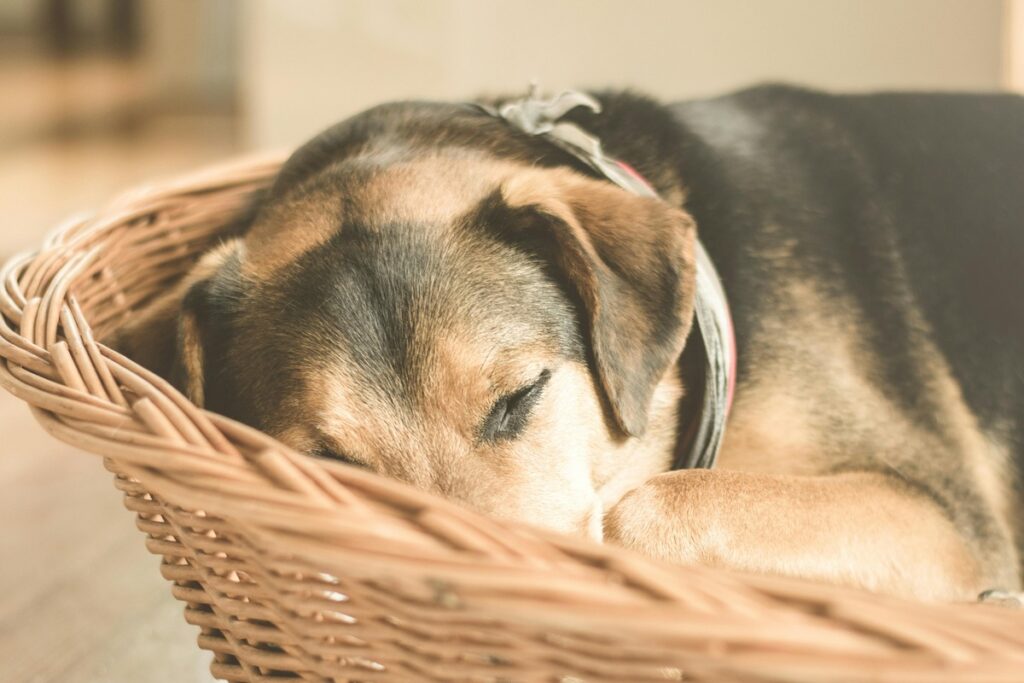
Not all dogs dream equally! Studies suggest that small dog breeds dream more frequently than large breeds, but their dreams tend to be shorter. Large dogs have fewer dreams, but their dreams last longer. For example:
• A Chihuahua may dream every 10 minutes, but each dream lasts less than a minute.
• A Great Dane might dream once every hour, but their dream can last several minutes.
What This Means: If you own a small dog, you may notice them moving around more frequently in their sleep than a large-breed dog.
5. Dogs Can Have Nightmares, Too
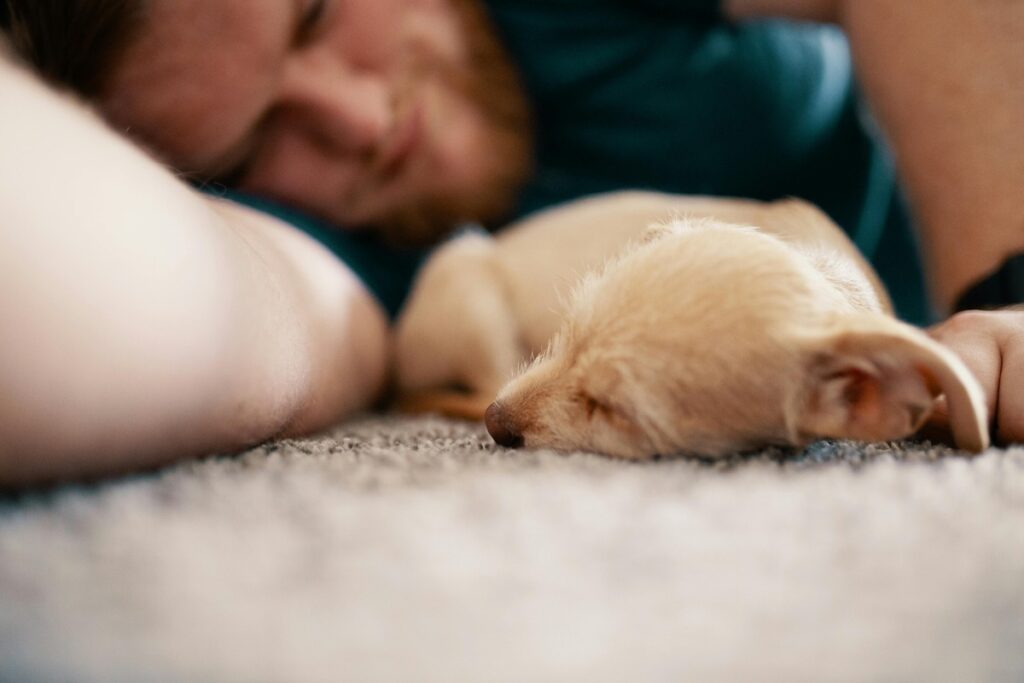
Not all dog dreams are happy ones. Just like humans, dogs can experience nightmares, especially if they’ve been through stressful or traumatic situations.
Signs of a Nightmare:
• Whimpering, growling, or crying
• Sudden, panicked movements
• Waking up startled or disoriented
What You Can Do: If your dog is having a nightmare, resist the urge to wake them abruptly—this could startle them and lead to defensive reactions. Instead, speak to them gently until they wake up on their own.
6. Dogs’ Dreams May Be Linked to Their Personality
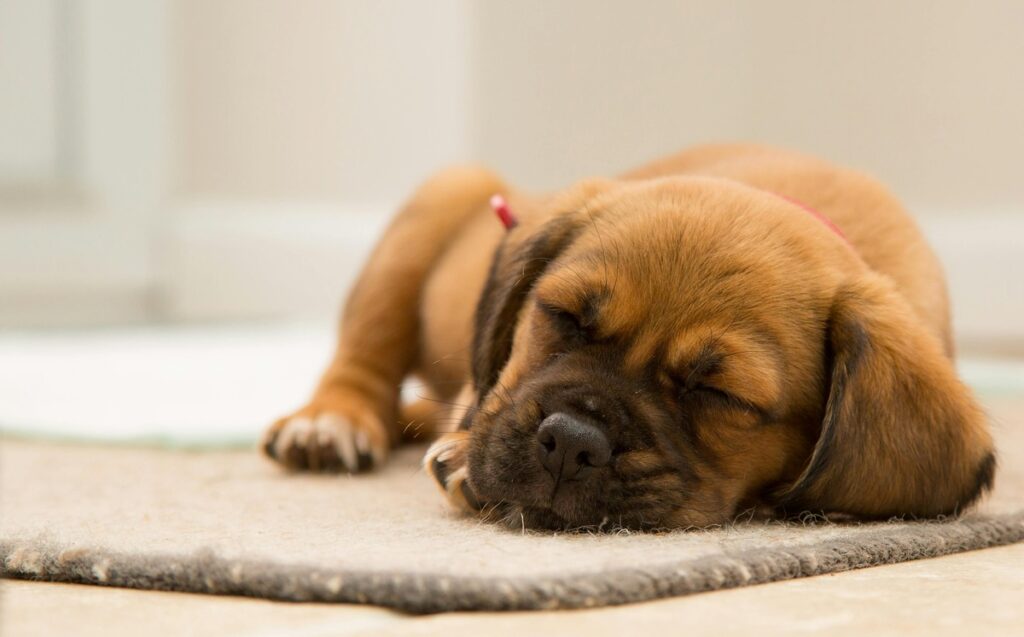
A dog’s dream content might be connected to their personality and daily activities.
For Example:
• A Herding dog like a Border Collie might dream about rounding up sheep.
• A Retriever might dream about chasing a ball or swimming.
• A Lap dog like a Maltese may dream about snuggling with their owner.
What This Means: Your dog’s dreams reflect their interests and instincts, just like ours do!
7. Dogs Can Twitch or “Run” in Their Sleep Due to Muscle Atonia
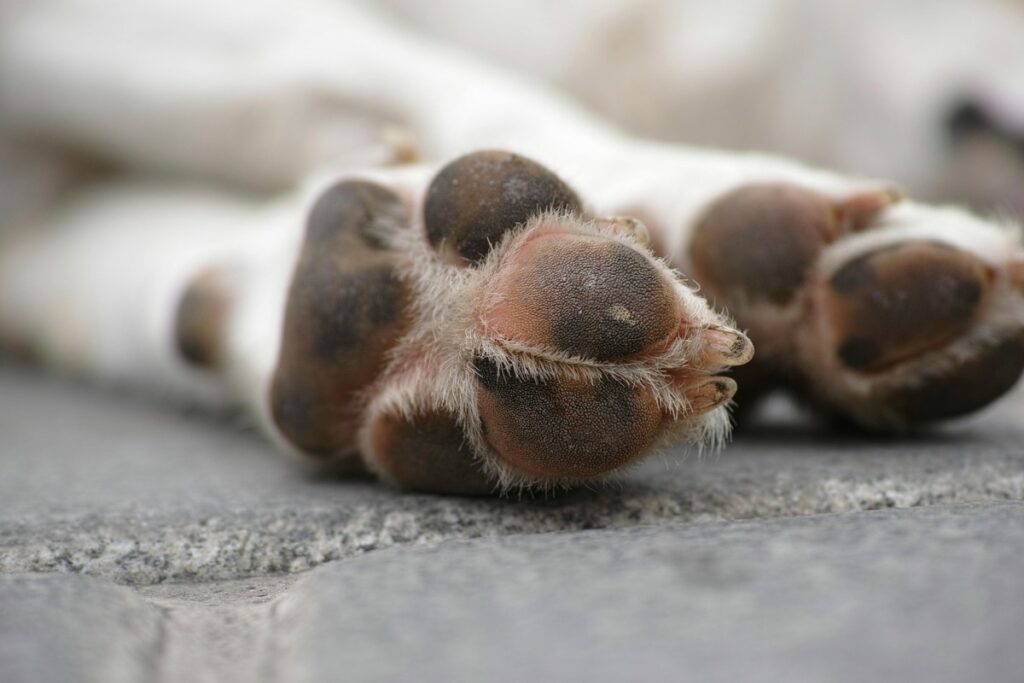
If you’ve ever seen your dog twitch their legs, move their paws, or wag their tail while sleeping, it’s due to muscle atonia, a process that partially paralyzes the body during REM sleep.
Why It Happens:
• The brain sends signals to keep the body still while dreaming.
• However, not all signals are blocked, which results in small twitches or leg movements.
What This Means: Those cute “running” motions in their sleep? It’s your dog chasing something in their dream world!
8. Older Dogs May Have More Intense Dreams
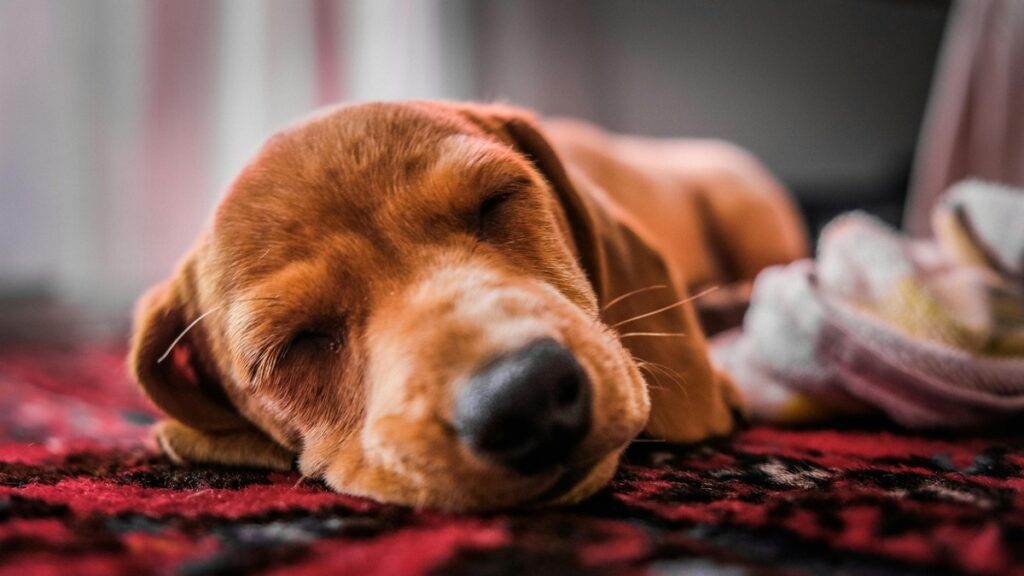
As dogs age, their dream patterns change. Some senior dogs may experience more vivid dreams or nightmares, possibly due to cognitive decline or past memories resurfacing.
Signs of Intense Dreams in Older Dogs:
• Increased twitching and movement
• More frequent vocalizations (whining or barking)
• Occasional confusion when waking up
What You Can Do: Ensure your older dog has a calm, comfortable sleeping environment to help reduce stress-related dreams.
9. Dogs’ Dreams May Strengthen Their Bond With Humans
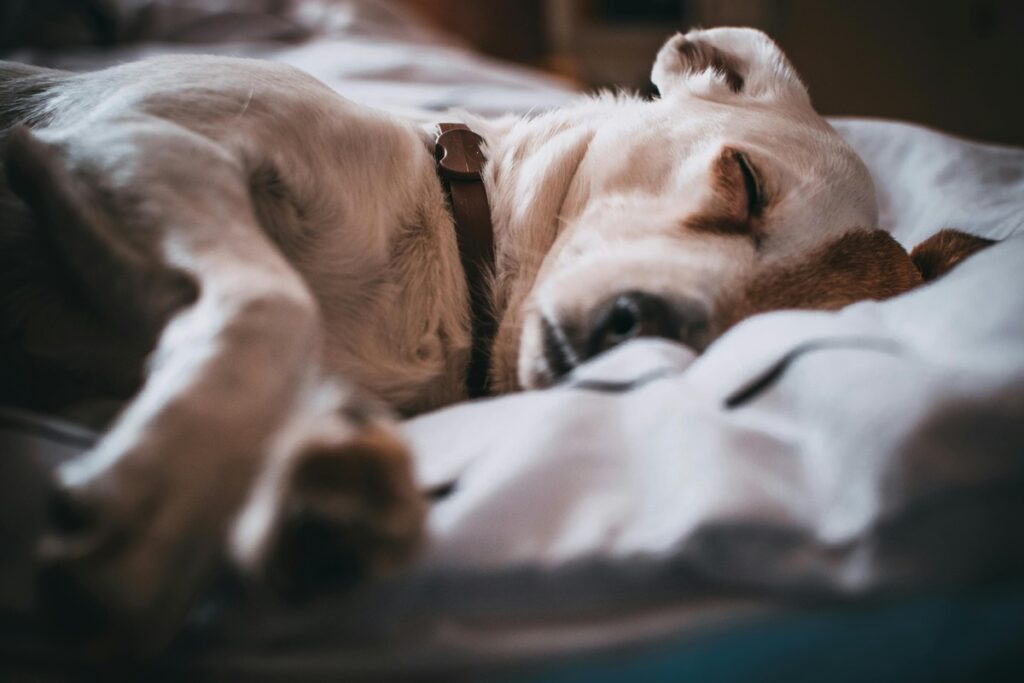
One of the most heartwarming discoveries about dog dreams is that they likely dream about their owners! Here’s why scientists believe this:
• Since dogs form strong emotional bonds with humans, it’s likely that they dream about interactions with their favorite people.
• If your dog is wagging their tail or licking the air while sleeping, they may be dreaming about getting belly rubs from you!
What This Means: Your dog’s dreams aren’t just random—they’re likely filled with moments that involve you and their happiest memories.
The Secret World of Dog Dreams
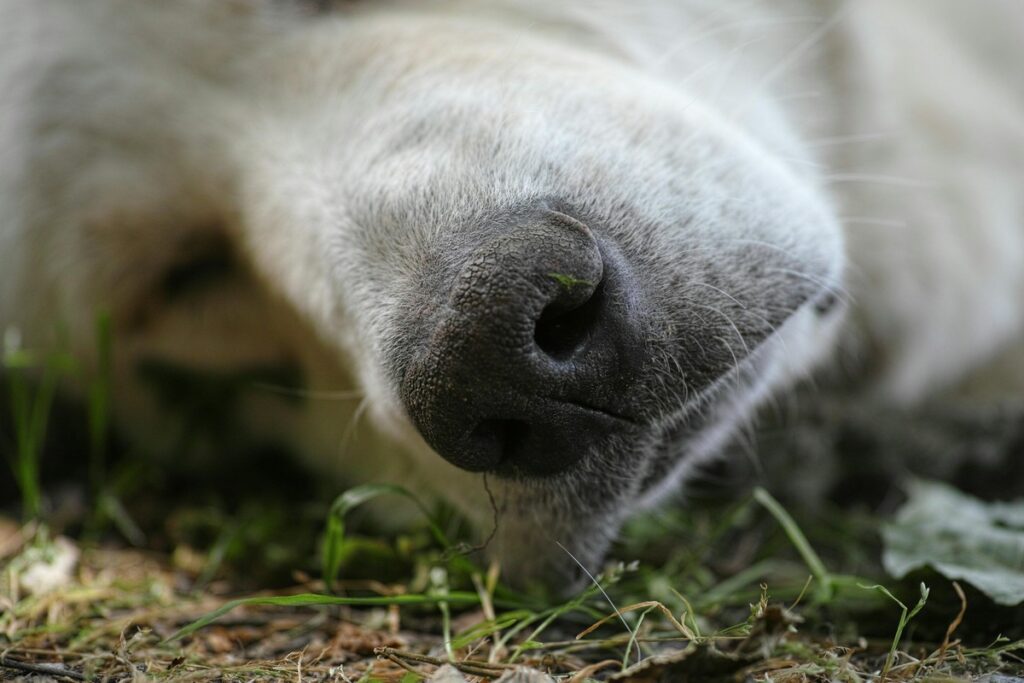
Dogs may not be able to tell us about their dreams, but science suggests that they dream much like we do—about their daily adventures, favorite activities, and the people they love.
So, the next time you see your pup twitching, barking softly, or wagging their tail in their sleep, just know that they’re probably dreaming about something wonderful—maybe even about you!

